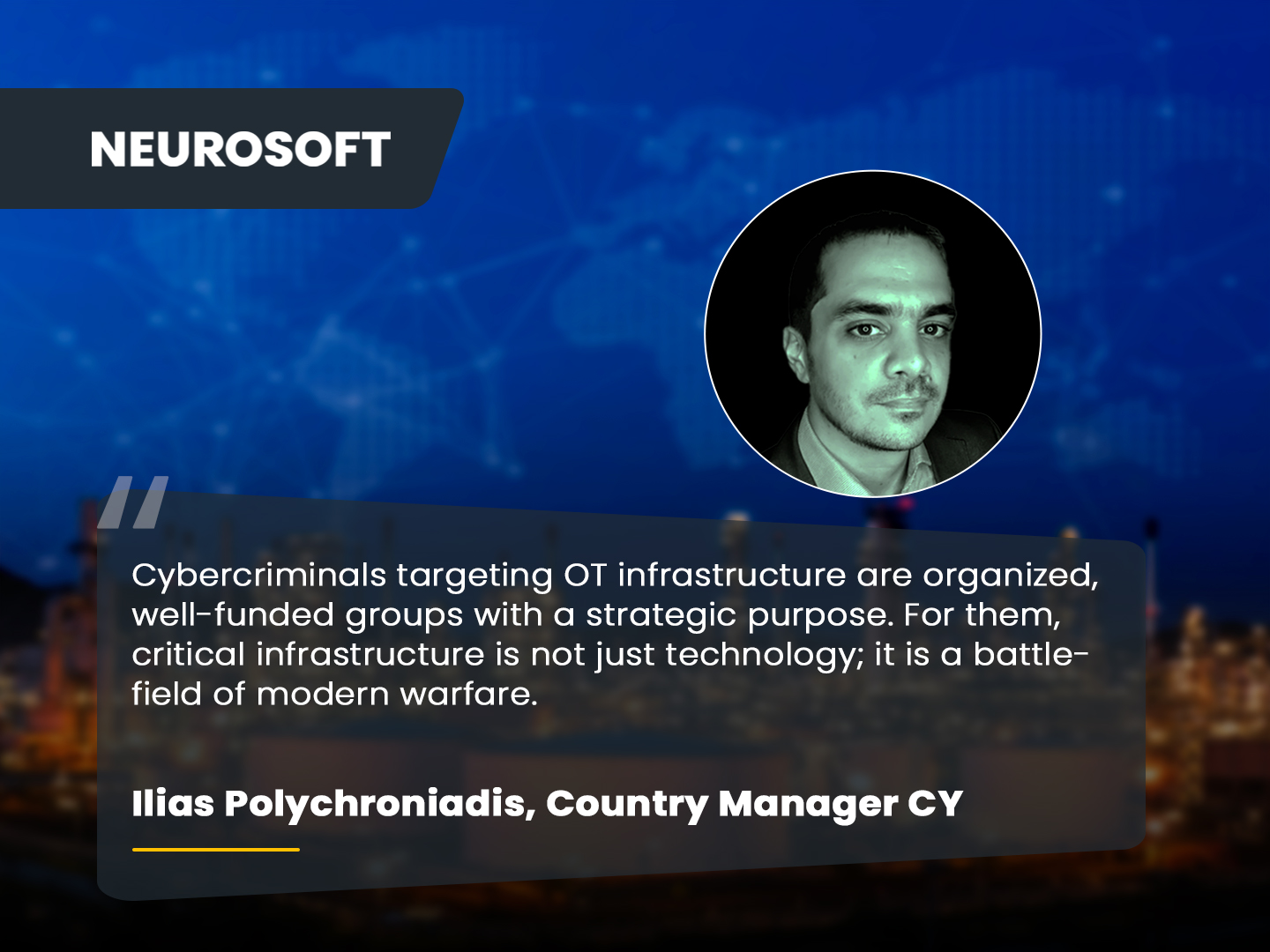EMERGENCY
Cyber
• Jun 3, 2024
Ensuring Business Continuity: How DORA & NIS 2 Shape Your Strategy
The term “continuity” refers to the unbroken and consistent existence or operation of something over time. It’s a term that can be applied in almost every aspect of people’s everyday life. So does in the business field. From water damage, supply chain failure, loss of a key employee to cyber menaces, unforeseen disruptions can cripple a business. From cyberattacks to natural disasters, ensuring your organization can get through the storm is crucial. This is where Business Continuity (BC) comes into play. But what exactly is Business Continuity, and how can it be applied in our highly digitalized world?
What is Business Continuity?
Business Continuity encompasses the planning and preparation an organization implements to ensure that essential functions can continue during and after a disaster. The disruptive event can be due to natural disasters, cyberattacks, or other emergencies. It's about minimizing downtime, protecting your brand reputation, safeguarding revenue streams and ensuring a seamless user and customer experience.
What are the Key Components of an effective Business Continuity Plan (BCP)?
- Risk Assessment: Identifying potential threats and vulnerabilities.
- Impact Analysis: Understanding the potential consequences of those possible disruptions on critical business functions.
- Business Impact Analysis (BIA): Prioritizing critical operations and determining their acceptable downtime thresholds.
- Development of Recovery Strategies: Creating plans for restoring critical functions after a disruption.
- Plan Implementation: Establishing procedures and policies to execute the business continuity plan.
- Testing and Training: Regularly testing your BCP and training employees on their roles during a recovery process.
- Review and Maintenance: Continuously updating the plan to address new risks and organizational changes.
Why is Business Continuity Important?
Reduced Downtime: A robust BCP minimizes downtime after a disruption, allowing you to resume operations swiftly and mitigate financial losses.
Improved Customer Satisfaction: By ensuring service continuity, you maintain customer trust and confidence in your brand.
Enhanced Regulatory Compliance: DORA and NIS 2 increasingly emphasize operational resilience, and a strong BCP demonstrates compliance efforts.
Preparedness for the Unexpected: Disruptions can come in many forms. A BCP ensures your organization is ready to face any challenge.
The Intersection of Business Continuity, DORA & NIS 2
Business Continuity planning is not only a best practice but is increasingly becoming a regulatory requirement. Two key regulations that emphasize the importance of BC in the digital age are the Digital Operational Resilience Act (DORA) and the Network and Information Security Directive (NIS 2).
Digital Operational Resilience Act (DORA)
DORA is an EU regulation aimed at enhancing the digital operational resilience of financial entities. It requires these organizations to ensure they can withstand, respond to, and recover from all types of ICT-related disruptions and threats. DORA mandates that financial entities have comprehensive risk management frameworks to identify, mitigate, and monitor ICT risks. Regular testing of digital operational resilience, including disaster recovery and business continuity plans, is required. Moreover, they must ensure that third-party ICT service providers also comply with operational resilience requirements. Additionally, organizations must have protocols in place for timely reporting of ICT-related incidents to competent authorities.
It is evident that DORA makes Business Continuity planning a regulatory requirement for financial entities, ensuring they can manage and recover from ICT disruptions. By integrating BC into their risk management frameworks, organizations can improve their overall resilience against cyber threats and operational failures.
Network and Information Security Directive (NIS 2)
The NIS 2 is an updated version of the original NIS Directive, aiming to improve the cybersecurity and resilience of critical infrastructure and essential services across the EU. NIS 2 covers broader range of sectors, including energy, transport, health, and digital infrastructure. Organizations must implement robust risk management measures and report significant incidents to national authorities. Emphasis is placed on securing the supply chain and ensuring that third-party service providers adhere to cybersecurity standards.
To avoid stricter penalties for failing to comply with the directive's requirements, NIS 2 requires organizations to have comprehensive Business Continuity and disaster recovery plans in place. Incorporating Holistic Risk Management through BCP ensures that organizations can maintain essential services during disruptions. Furthermore, including third-party providers in business continuity plans helps protect against supply chain vulnerabilities and fosters supply chain resilience.
The Crucial Step of Plan Implementation and Neurosoft’s Holistic Readiness Approach
In today's fast-paced and interconnected business environment, Business Continuity is no longer an afterthought; it's a strategic imperative. DORA and NIS 2 act as catalysts, urging businesses to prioritize BC and build a strong foundation for a secure and resilient future. However, the success of a business continuity strategy hinges not only on thorough planning but also on the meticulous implementation, rigorous training and testing, and ongoing review and maintenance of the plan.
Neurosoft has taken steps to help you build your BCP through Compliance with those mandatory regulations creating Neurosoft’s Holistic Readiness Approach. To ensure Business Continuity and Resilience against disruptive cyberattacks with the least possible concern for your organization we have upgraded our GRC services by utilizing Centraleyes platform that fully serves the needs of continuous compliance monitoring and multi-framework support with great ease. Simultaneously, recognizing our team members as our most valuable investment, through this platform we enable them to efficiently identify blind spots and gaps of each organization, which in turn allows them to focus their attention on designing and implementing the mitigation plan without any hindrances.
The most important phase of Neurosoft's Holistic Readiness Approach involves implementing the necessary Cyber Security services and solutions in line with the Compliance roadmap established. In this critical phase, Neurosoft plays a vital role in your organization’s Business Continuity. As a leading Managed Services Provider (MSP), we can directly assist you in the complete implementation of services (Penetration testing, SOCaaS, Security awareness, etc.), technical controls and solutions (MFA, DLP, Backup, etc.) for NIS 2 and DORA Compliance. Through thorough implementation, employee training, regular BCP testing, and ongoing review and maintenance of the plan, we ensure that your organization is not only prepared on paper, but also operationally ready to handle disruptions effectively.
Would you like to know more about Centraleyes platform and Neurosoft's Holistic Readiness Approach? Click here!
Read Next
Nov 27, 2025
Neurosoft in Action: The November Edition
Nov 14, 2025
Cut Security Costs, Not Business Safety with CISOaaS
Oct 24, 2025
Pink@Work: Awareness Doesn’t Stop at Cybersecurity

Start your journey
Our team of seasoned experts is dedicated to delivering tailored solutions that perfectly align with your specific business needs and objectives. Do you want to help you navigate your path to success?






